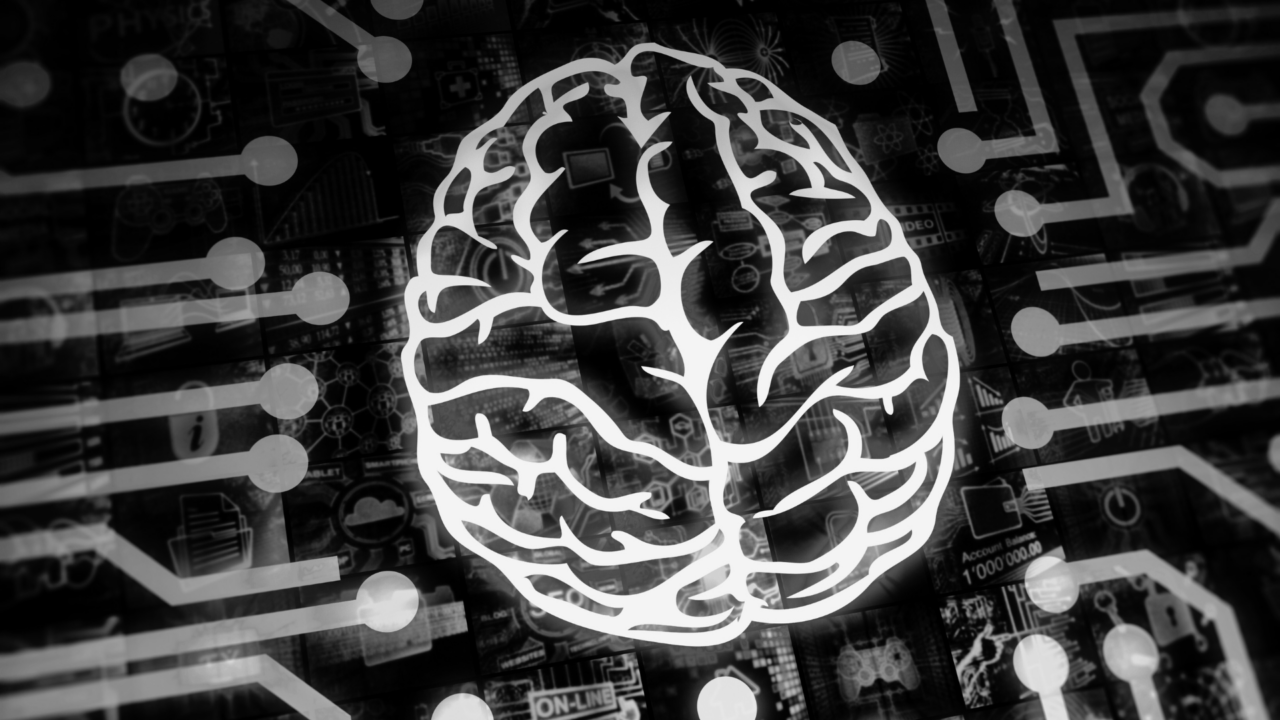Human-Centered Design

Human-Centered Design
Throughout the last few decades, technology and design has seen a transformation that puts the end user front and center. This ranges from simple “user-friendly” design, to ensuring accessibility through regulations like Section 508, to embracing a novel approach to design in general known as human-centered design. To better understand the role of human-centered design, we talked with Angela Mercado, Director of Enterprise Support for RELI Group’s Defense, Security and Safety sector.
Defining Human-Centered Design
Human-centered design is an approach to design that puts people at the center of the design process. It involves understanding the needs, wants, and limitations of end users and designing products or services that meet those needs. And it’s not just for building software or designing complex systems – human-centered design works everywhere, from the signage at an intersection, to a PowerPoint presentation, to an instruction manual. “It’s all about making sure you give the user what they need in a way that works for them,” explains Angela.
Angela has seen the importance and benefits of human-centered design time and again in her role at RELI, and recognizes how essential it is for the government and its contractors to fully embrace this approach. “Take TSA, for example. More than half of its workforce is outside of headquarters, so those employees aren’t sitting in front of a computer checking their email all day. You have to have a deep understanding of who you’re trying to reach and how to meet them where they are to make sure your messages are received as intended.”
The Human-Centered Design Process
As a leader for RELI’s Defense, Safety and Security sector, Angela regularly leads teams through human-centered design projects. She describes her process in five steps:
- Understand your stakeholders and the goals of the product or service you’re building. In government contracting, this often looks like interviews with key personnel throughout the agency you’re working with.
- Dig in deeper and look at the existing research – government agencies often have a plethora of data available. Do the stakeholders have an accurate picture of the audience? What is or isn’t working with the current design?
- Gather new data on the end users, specifically for the task at hand. Who are your end users, and what do they really need? You might be able to use keyword or web search data, or you might have to lean into surveys and interviews. Though survey fatigue is always a concern, it allows contractors to collect valuable qualitative and quantitative data.
- With all complete understanding of your stakeholders and your end users, it’s time to define the problem you need to solve and build the solutions. Begin to map those out and develop prototypes.
- The final stage is testing and implementation, which can take a number of approaches depending on the project. Use the data you obtain through testing to refine your solutions, narrowing down on the approach that best serves your users.
Putting Human-Centered Design to Work
You don’t have to wait until you win your next big contract to implement human-centered design. “The simplest way I’ve used human-centered design is when I’m creating presentations. Knowing who my audience is and targeting the information for that person is probably the most basic form of human-centered design – it’s something you probably already do all the time, and don’t even realize it…what does this person need in this moment to make a decision? What do they need to know? That’s what I’m thinking about.”
On a larger scale, human-centered design played a pivotal role when Angela was on the team that overhauled Medicaid.gov. “We worked with subject-matter experts to hone their messaging and break it down into easily digestible chunks of information. We wanted to make sure we were giving users what they needed, and not too much or too little.”
Looking Ahead to Human-Centered Design in Government
Angela sees the role of human-centered design continuing to grow beyond project- or contract-specific tasks. “We’re really looking more at experience – the customer experience, the consumer experience. We’ve seen it at RELI, with more of a focus on employee engagement, and we’re seeing similar things within the federal agencies. They’re beginning to understand the broader scope of their work, and all the little touchpoints along the way.
“It’s really important, and it’s definitely time that agencies look more broadly at how they’re interacting with the public, what the public really needs from them, and how they can best get the information that they need. I think that’s what’s at the heart of human-centered design in federal contracting – for most, if not all, of these agencies, the services they’re providing are critical to a lot of the population. And if the population can’t understand what they need to do to access those benefits or services, if they don’t know where to go or who to talk to, or if there’s conflicting information – that’s a really big issue. And that is why human-centered design is so essential for all our work going forward.”














